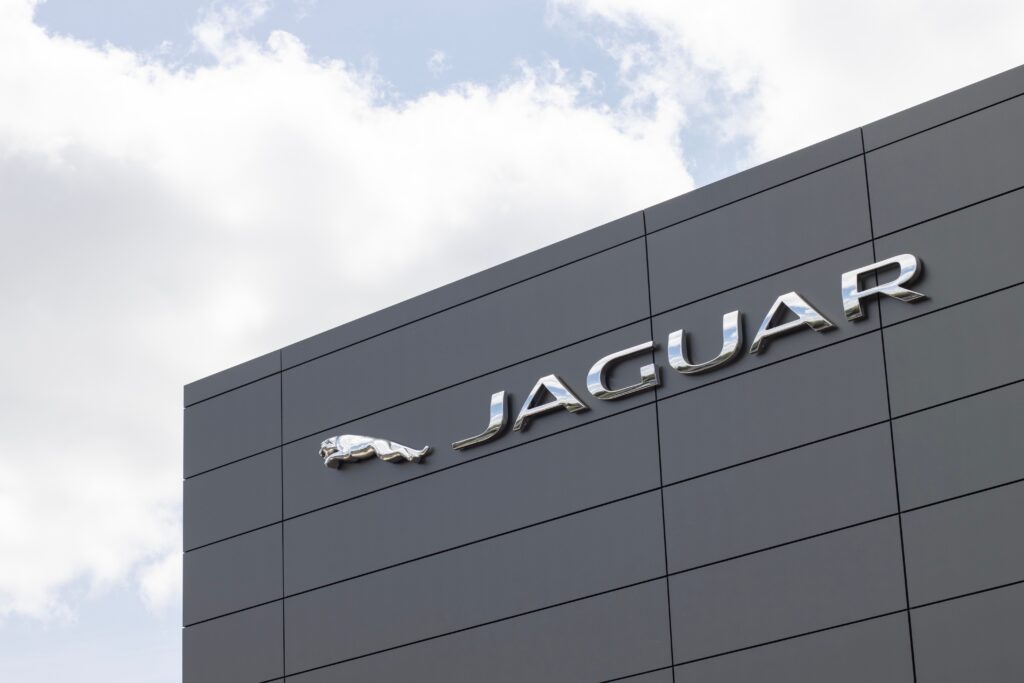Jaguar’s managing director, Rawdon Glover, has defended the luxury carmaker’s dramatic rebranding and unconventional ad campaign, which has ignited a fierce debate online. The campaign features a vibrant 30-second video showcasing models in colorful outfits against bold, abstract backdrops—without a car in sight or the iconic Jaguar cat logo.
Part of Jaguar’s “copy nothing” strategy, the campaign marks a deliberate move away from traditional automotive advertising. “If we play in the same way that everybody else does, we’ll just get drowned out. So we shouldn’t turn up like an auto brand,” Glover explained.
The ad, which has garnered over 160 million views on social media, sparked widespread commentary, including a sarcastic post from X (formerly Twitter) CEO Elon Musk, who asked, “Do you sell cars?” Glover responded with an invitation for Musk to attend Jaguar’s public installation at Miami Art Week, where the brand’s new identity will be on full display.
While Glover praised the “overwhelmingly positive” response to the campaign, he condemned the “vile hatred and intolerance” expressed in some comments targeting the individuals featured in the ad. “This is about reimagining Jaguar, staying true to its essence while making it relevant to today’s audience,” said Gerry McGovern, Jaguar’s chief creative officer.
The rebrand coincides with Jaguar Land Rover’s (JLR) transition to electric vehicles (EVs). While the company has lagged behind competitors in EV adoption, it plans to deliver its first fully electric Range Rover next year, manufactured at its Solihull factory in the UK.
Critics, however, remain divided on Jaguar’s new direction. James Ramsden, executive creative director at design agency Coley Porter Bell, described the rebrand as a “radical reinvention” but expressed concern over the abandonment of Jaguar’s storied heritage. “Breaking the mould is bold, but the real test will be whether Jaguar delivers innovative vehicles and a transformed buyer experience,” Ramsden said.
As the automotive giant seeks to carve a niche in a competitive market, its success hinges on whether this daring shift resonates with a new generation of car buyers.


